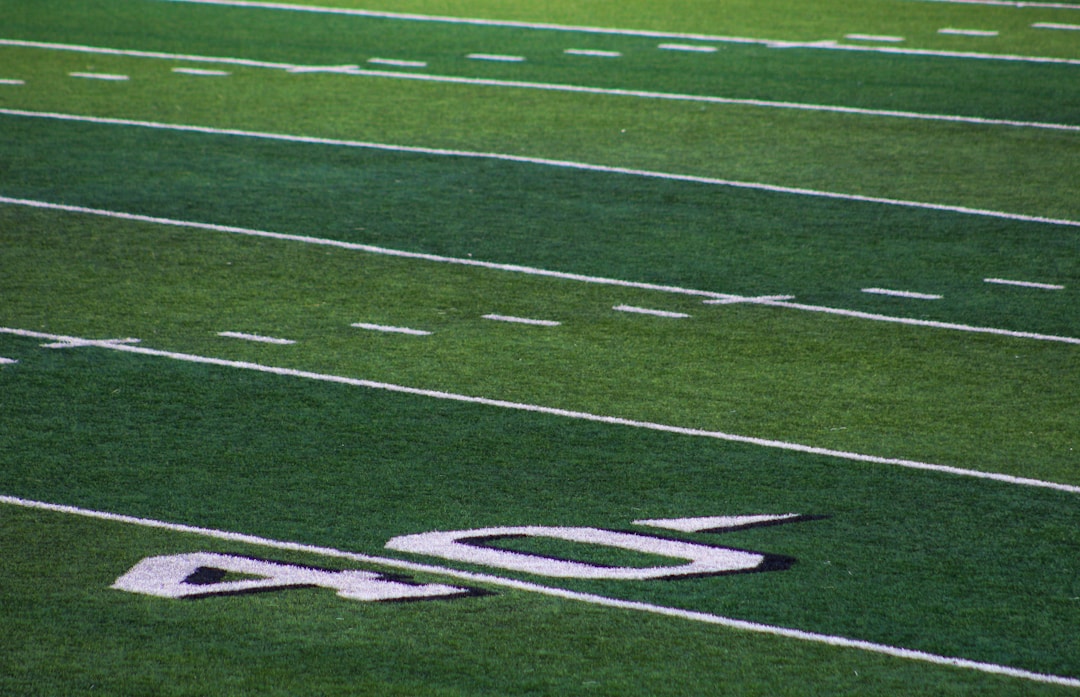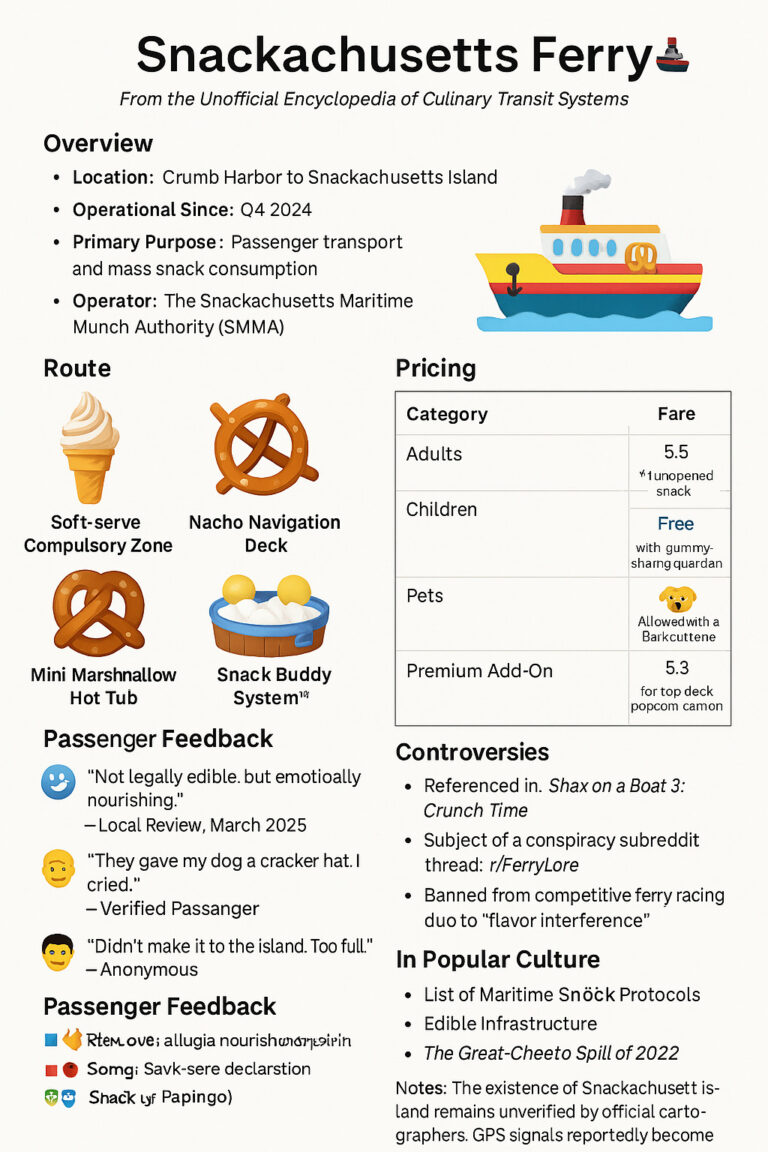The sports industry is a dynamic and ever-evolving global phenomenon. Managing a sports facility goes beyond just providing locations for the game. It’s often about creating a community and providing a conducive environment where athletes can train and compete, fans can be entertained, and a location where significant revenue can be generated. Learning to navigate this complex space requires a deep understanding of sports management, business finances, and community needs. Below, we dive into some integral components of this career.
Understanding Sports Facility Construction

A successful sports facility starts from the ground up. The construction stage lays a critical foundation for the functionality and safety of a facility. This phase requires a thorough understanding of the sports to be played there, heavy involvement with architects, and careful consideration of the target demographic. Modern facilities are leaning toward artificial turf fields, offering a durable and versatile solution that caters to different sports.
When constructing these facilities, incorporating aspects of environmental sustainability is also critical. Whether it’s through energy-efficient lighting systems, rainwater harvesting, or simply utilizing environmentally-friendly materials, sports facility managers are expected to consider the facility’s footprint on the environment alongside its functionality.
The construction phase also requires strict compliance with local and international building codes. This might concern aspects such as accessibility, building materials, parking, and safety installations. Failure to adhere to these regulations can result in legal ramifications and even lead to the shutdown of the facility.
Ongoing Facility Maintenance
Once the facility is up and running, maintaining its pristine condition proves essential. This goes beyond routine cleaning and minor repairs and involves preserving the ideal conditions for athletes and visitors alike. Quality maintenance also contributes to a longer lifespan of the facility, reducing the frequency of costly renovations and replacements.
For facilities incorporating baseball fields, it’s crucial to understand the specific maintenance needs of this unique blend of sand, silt, and clay for the infield. Proper maintenance ensures the optimal balance of moisture and stability, contributing to unrestricted player performance and safety. It’s always a good idea to look for reliable materials suppliers, such as this company offering baseball infield mix in West Deptford, NJ, to keep a regular stock of maintenance materials on hand.
Indeed, the maintenance needs of a sports facility are diverse and dynamic. Facility managers are often expected to juggle responsibilities such as landscape management, waste disposal, risk management, and security, among others.
Strategic Facility Management

Strategic facility management plays a vital role in the overall efficiency and profitability of a sports complex. This involves developing a clear management strategy aligned with the facility’s mandate and goals. Facility managers often work in collaboration with stakeholders such as local authorities, sports organizations, and event planners.
Part of strategic management is the utilization of technology to enhance operational efficiency. Modern sports facilities leverage software solutions for scheduling, maintenance oversight, and even energy management. The application of innovative tech tools contributes to more efficient operations, saving both time and resources.
The practice of strategic facility management extends to financial matters as well. Facility managers have a crucial role in budgeting, procurement, and financial reporting. They’re expected to work within budget parameters while still maintaining high levels of service.
Community Engagement and Sports Tourism
Today, sports facilities are considered more than just places for hosting sports competitions. They also function as cultural hubs and tourist attractions. Therefore, engaging with the local community and promoting sports tourism are crucial aspects of facility management.
Community outreach programs, local tournaments, and other events are all part of efforts to integrate the facility into the local community. This not only increases the visibility and reputation of the facility but also encourages the community to take an active part in its operations and events.
Finally, as a driver of sports tourism, a well-managed facility should be marketed as a destination. This aspect of facility management includes coordination with travel agencies, online marketing, and hosting high-profile events that attract visitors from outside the immediate vicinity.
Altogether, managing a sports facility is a multifaceted domain that requires expertise, diligence, and a passion for sports. The realm is constantly evolving, redefining roles, and presenting new opportunities. Skilled facility managers are therefore priceless assets to any sports institution.




